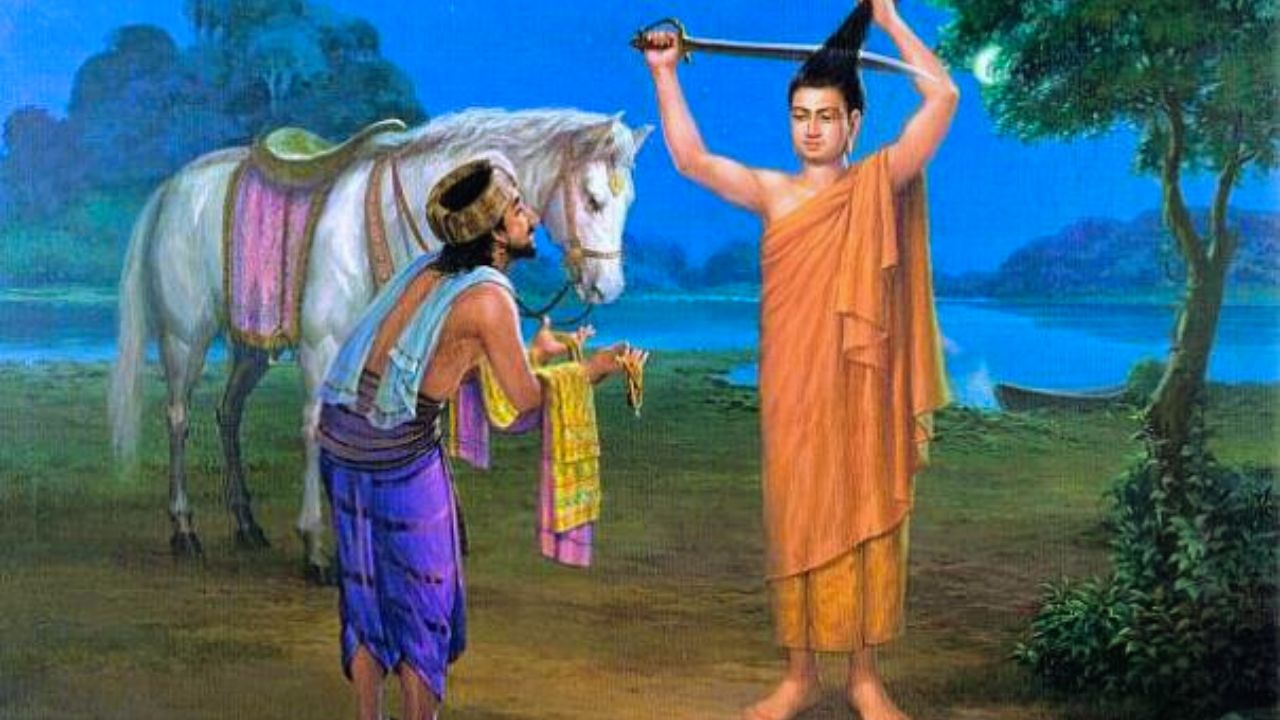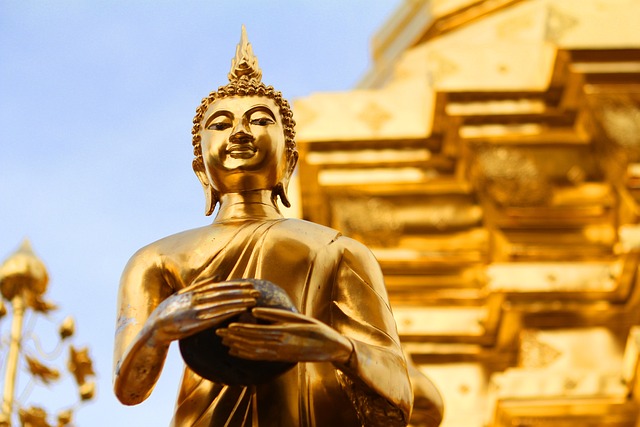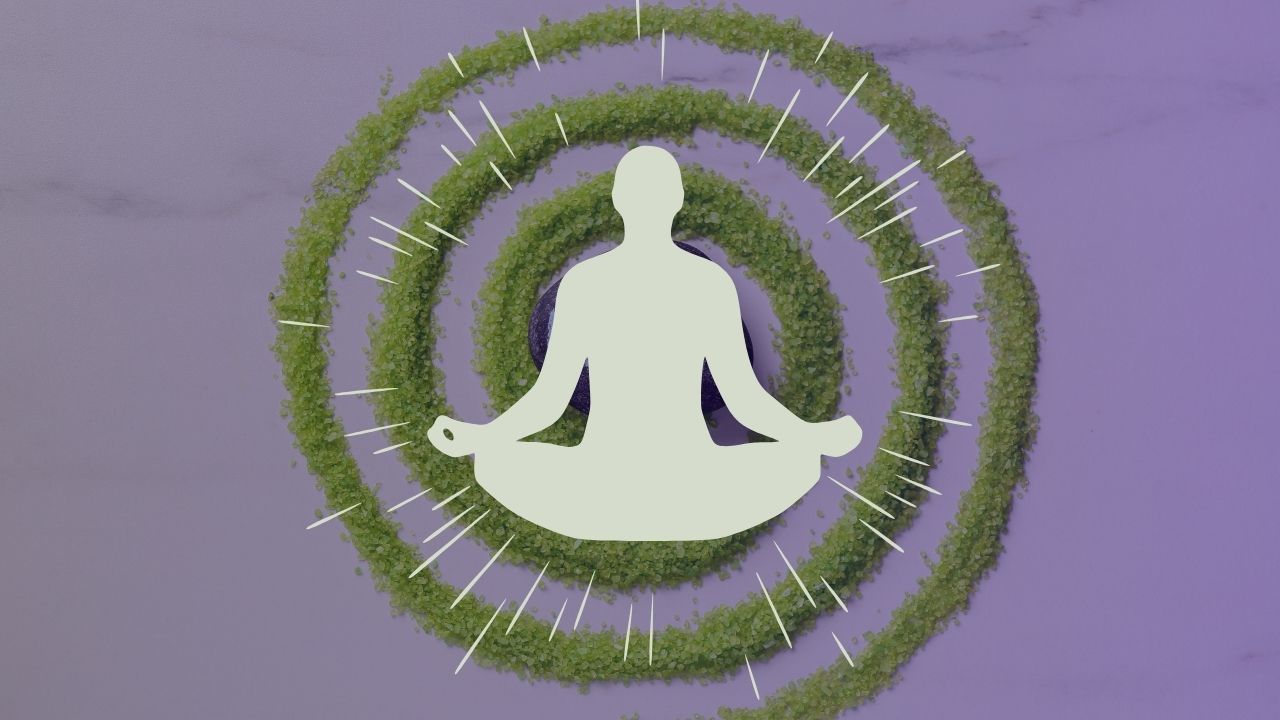For over 2,500 years, the life and teachings of Buddha Siddhartha Gautama Shakyamuni have continued to inspire countless individuals in their spiritual journeys. He was not only a historical figure but also a profound spiritual teacher whose insights transcended time and culture. His journey from a sheltered prince to an enlightened master embodies the universal search for truth, liberation, and inner peace.
Buddhism presents a systematic path to understanding suffering and attaining enlightenment. The Buddha’s teachings, deeply rooted in wisdom and compassion, offer guidance on how to live a life free from attachments and illusions. But who was Siddhartha Gautama beyond the historical accounts? Could his enlightenment hold deeper mysteries beyond what is commonly known? This article explores his life, core teachings, and a controversial perspective on his divine essence, shedding light on one of the greatest spiritual figures in human history.
Buddha Siddhartha Gautama Shakyamuni
1. Historical Context and Life of the Buddha
Buddha Siddhartha Gautama, commonly known as Shakyamuni (the Sage of the Shakya Clan), was born around the 6th century BCE in Kapilavastu (now part of Nepal). He was a prince of the Shakya kingdom, the son of King Śuddhodana and Queen Māyā. His life was deeply intertwined with a journey of seeking the truth beyond the constraints of worldly existence.
According to legend, the sage Asita predicted at his birth that he would either become a great king or a supreme spiritual teacher. To keep him away from suffering, his father sheltered him in luxury and comfort within the palace. However, his four encounters (The Four Sights) radically transformed his perception when he witnessed old age, sickness, death, and an ascetic devoted to spiritual practice.
At the age of 29, he renounced his royal status, family, and wealth to embark on a quest for enlightenment. He studied under renowned spiritual teachers and practiced extreme asceticism, yet did not find liberation. After six years of austere discipline, he realized the path of the Middle Way (Madhyamā-pratipad) and meditated under the Bodhi tree at Bodh Gaya. After 49 days of deep meditation, he attained enlightenment and became the Buddha—the Awakened One.
2. Core Teachings of the Buddha
After his enlightenment, the Buddha delivered his first sermon at Deer Park (Sarnath) to his five former companions, marking the establishment of the Buddhist monastic community (Sangha). He taught for 45 years, laying the foundation for profound philosophical insights into suffering, impermanence, and the path to liberation.
2.1. The Four Noble Truths (Cattāri Ariyasaccāni)
These are the fundamental teachings of the Buddha, outlining the nature of suffering and the path to liberation:
- The Truth of Suffering (Dukkha): Life is inherently unsatisfactory due to birth, aging, illness, death, separation from loved ones, and unmet desires.
- The Truth of the Cause of Suffering (Samudaya): Suffering arises from craving (taṇhā) and ignorance (avidyā).
- The Truth of the Cessation of Suffering (Nirodha): Liberation from suffering is possible by eliminating craving and ignorance.
- The Truth of the Path to Cessation (Magga): The path to liberation is the Noble Eightfold Path (Āryāṣṭāṅgamārga).
2.2. The Noble Eightfold Path (Āryāṣṭāṅgamārga)
The Eightfold Path is the Middle Way leading to liberation:
- Right View – Understanding the Four Noble Truths.
- Right Intention – Cultivating thoughts of compassion, non-violence, and renunciation.
- Right Speech – Speaking truthfully and kindly.
- Right Action – Engaging in ethical conduct.
- Right Livelihood – Earning a living in a righteous way.
- Right Effort – Preventing unwholesome states and fostering wholesome qualities.
- Right Mindfulness – Maintaining awareness in all actions.
- Right Concentration – Meditative absorption leading to wisdom.
2.3. The Middle Way – A Path of Balance
The Middle Way (Madhyamā-pratipad) is one of the most significant philosophical insights of Buddhism. The Buddha emphasized that liberation is not found in extreme asceticism or indulgent luxury but in a balanced approach between wisdom and ethical practice.
Before enlightenment, he experienced both extremes:
- Living in royal luxury, yet finding no lasting fulfillment or wisdom.
- Practicing severe asceticism, which weakened his body and mind without leading to ultimate truth.
Thus, he realized that both extremes are hindrances to awakening. The Middle Way is the path of balance—not indulging in sensual pleasures, yet not torturing oneself. This principle is evident in the Noble Eightfold Path, helping individuals cultivate mindfulness and wisdom while remaining engaged with the world.
3. Comparison Between the Teachings of the Buddha and God the Father (Christianity)
3.1. Similarities
- Both emphasize morality and liberation: The Buddha teaches the Eightfold Path, while God the Father emphasizes love, compassion, and salvation.
- Both advocate renouncing greed, hatred, and delusion: Buddhism teaches detachment, while Christianity encourages repentance and living in God’s grace.
- Both stress mindfulness and awareness: The Buddha teaches mindfulness, while Christianity calls for living according to God’s word.
3.2. Differences
- Concept of Divinity: Buddhism does not involve a Creator God, whereas Christianity believes in God as the omnipotent Creator.
- Goal of Salvation: Buddhism seeks self-enlightenment and liberation through wisdom, while Christianity teaches salvation through faith in God.
- Path to Liberation: Buddhism emphasizes self-effort and karma, while Christianity highlights faith and divine grace.
4. The Revelation of Buddha Siddhartha Gautama Shakyamuni’s True Nature
Although Buddhism does not explicitly affirm the existence of a soul and instead describes the rebirth of consciousness, and although the Buddha did not directly speak of a Supreme God, this does not necessarily mean that the universe lacks such an entity. Siddhartha Gautama was, in essence, an embodiment of the Supreme Being.
After six years of intense ascetic practice, his deep meditation leading to enlightenment was the moment when the divine essence (spirit) of the Supreme Being fully unified with his human form. From that moment, he possessed supernatural abilities and extraordinary wisdom.
You may question this claim, but consider why the Buddha attained enlightenment in just six years—something that no one else has accomplished for over 2,500 years. Others have practiced for a lifetime but could not reach his level of realization in such a short period. This suggests that his enlightenment was not merely the result of human effort but also a manifestation of divine integration and transcendence.
5. Legacy and Influence
The Buddha’s teachings have influenced not only spiritual life but also philosophy, ethics, psychology, and social thought. Buddhist traditions such as Theravāda, Mahāyāna, and Vajrayāna have developed diverse interpretations while maintaining core principles. Even after more than 2,500 years, the Buddha’s insights remain a guiding light for those seeking inner peace and wisdom.
Conclusion
Buddha Siddhartha Gautama Shakyamuni was a great enlightened teacher who left behind an invaluable treasury of wisdom for humanity. His life is not only a historical journey but also a practical lesson in overcoming suffering. For practitioners, following his teachings is a path toward truth and ultimate liberation.




